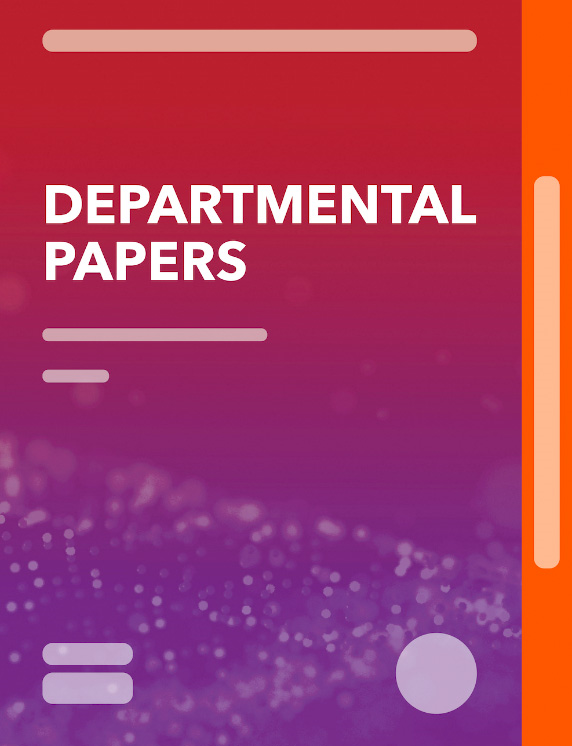Philippines: Selected Issues
April 18, 2013
Summary
This article is an empirical analysis on tax collections in the Philippines. The tax system is characterized by a rule of tax incentives provided by 13 investment agencies. Tax collections showed regular growth. The GDP ratio increased from 12.1 percent (2009) to 12.8 percent (2012), but the revenue-to-GDP ratio was low to fill large gaps for education, health, and infrastructure; therefore the authorities encompassed the sin taxes (alcohol and tobacco excises). The most important source of income for the Philippines is the labor export. This large-scale labor emigration fetches a sufficient amount of annual inflows of more than 9 percent of GDP.
Subject: Balance of payments, Corporate income tax, Personal income tax, Remittances, Revenue administration, Tax collection, Taxes, Value-added tax
Keywords: Bangko Sentral ng Pilipinas, Corporate income tax, CR, elasticity estimate, excise, excise tax tax collection, Global, ISCR, Personal income tax, Philippines, remittance, remittance inflow, Remittances, Tax collection, Value-added tax, VAT, worker household
Pages:
26
Volume:
2013
DOI:
Issue:
103
Series:
Country Report No. 2013/103
Stock No:
1PHLEA2013002
ISBN:
9781484301067
ISSN:
1934-7685






